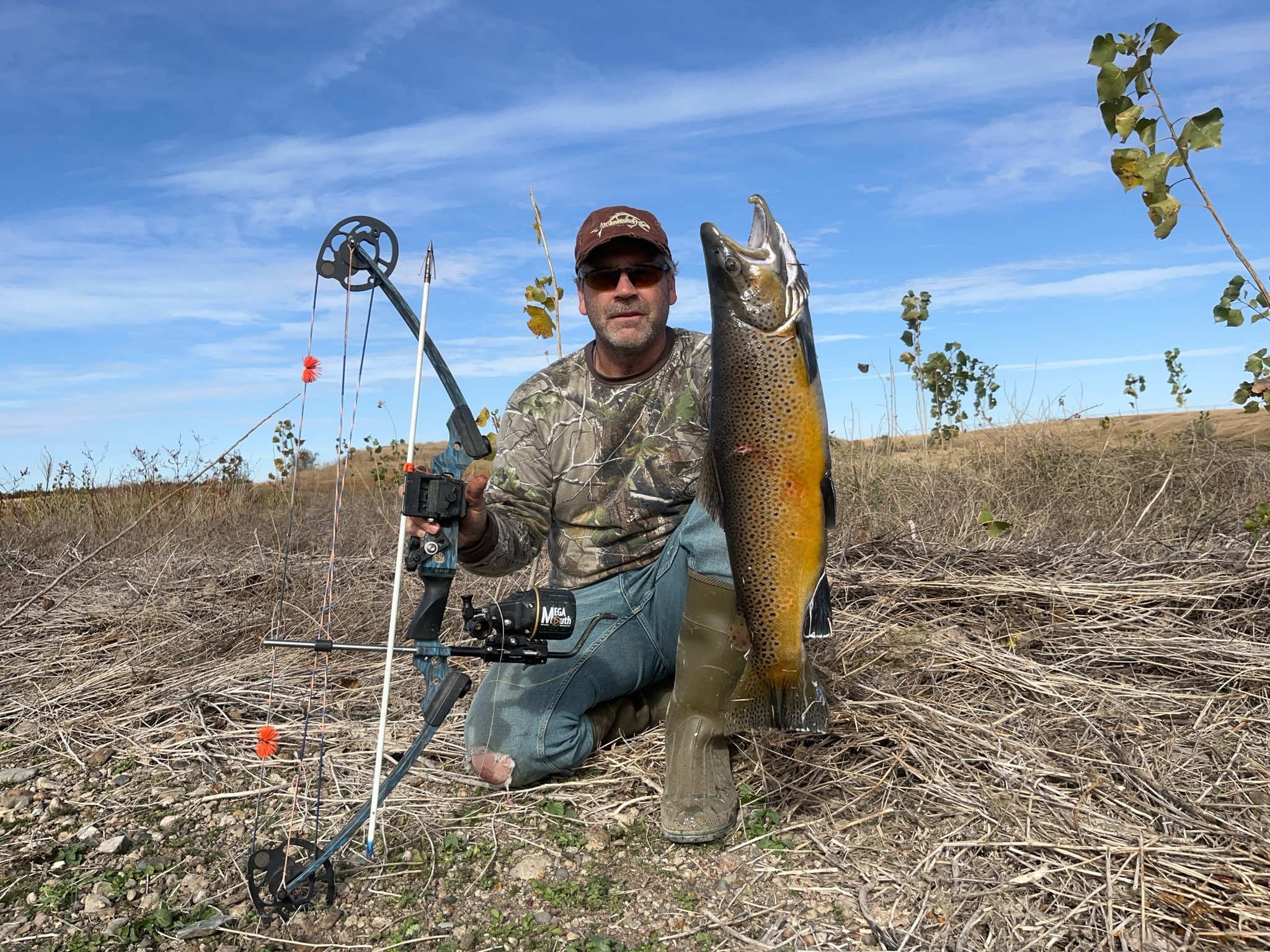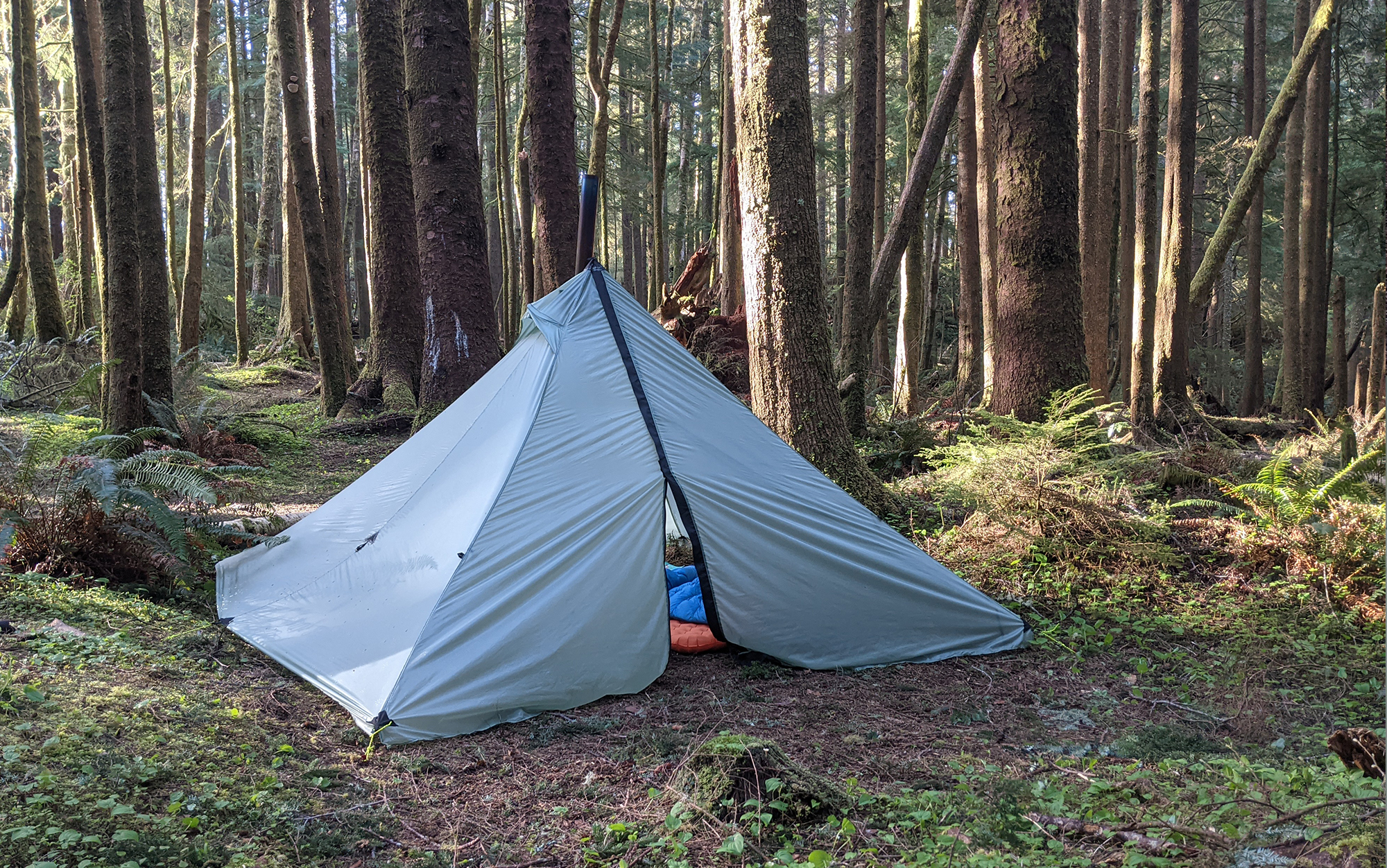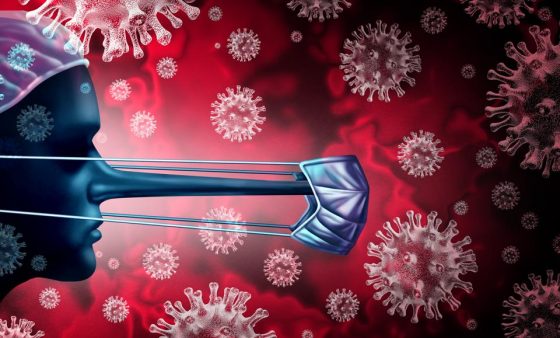South Dakota Bowfisherman Shoots 6-Pound Brown Trout, Setting a New State Record and Drawing the Ire of Purists

Ty Smith was bowfishing on the lower end of South Dakota’s Lake Oahe Monday when he arrowed a 6-pound, 12-ounce brown trout. The trophy brown was certified the same day by South Dakota Game, Fish, and Parks as a new state record in the bowfishing category.
“It is the first brown trout to set the record on the bowfishing side,” SDGFP communications manager Nick Harrington tells Outdoor Life.
Similar to many other states, South Dakota recognizes two categories of fishing records — those caught with a traditional hook and line and those taken by other legal methods. The hook-and-line state record for brown trout is held by Wilfred H. Huether, who pulled a 24-pound, 8-ounce brown from Canyon Lake on December 9, 1990. But while most state-record fish bring accolades and congratulations, Smith’s catch generated mixed emotions online. Smith could not be reached for comment Wednesday.
“This should be illegal for sure,” one social media user said in a Facebook comment on SDGFP’s page. “I’m sorry, but this is just not ethical, and honestly, if you shoot trout for game, you deserve nothing.”
To be clear, bowfishing for trout is legal in South Dakota. The state has a designated archery season from May 1 to March 31 on Lake Oahe, where anglers are allowed to take trout and other game fish with crossbows or hand-drawn bows. Length and daily possession limits are the same for bowfishing as for fish caught with rods and reels.
Because Smith’s harvest was legal, the criticisms pointed at him have more to do with ethics than anything else. Bowfishing is already controversial in some angling circles, especially among those who practice catch and release. This holds even more true for bowfishermen who target popular game species like brown trout. Bowfishing for rough fish like carp and gar, on the other hand, is more common, and many of the species targeted with bows and arrows are considered invasive species.
Brown trout, while not a rough fish, are technically an invasive species because of the negative impacts they’ve had on native trout populations. These fish were first brought into the U.S. from Europe in the late 19th century, and they can now be found in freshwater streams and lakes in most states, where they reproduce naturally and can outcompete with native trout species like cutthroat and brook trout. However, this doesn’t change the fact that many anglers love catching brown trout, and over the last 100 years they’ve become one of the more beloved game species swimming in U.S. waters.
Read Next: Bowfishing Basics: 6 Tips to Get Started
“As a conservative, conservationist, and fisherman, I do not agree with this,” another Facebook user commented. “Trophy trout are just not for the killing, but that’s just my personal opinion.”
The timing of Smith’s record catch also helps explain some of the controversy it’s generated because brown trout, unlike many fish species, spawn in the fall. Some anglers, who might be classified as “purists,” try to give these fish a rest during this time so they can go about their business. And some states, like Montana, have at times closed certain waterbodies or stretches to sportfishing during the fall spawn to protect the resource.
Judging by the photograph of Smith’s brown trout, a trophy male, it was likely in the process of spawning or about to spawn. This is evidenced by the darker colors on the fish’s skin, and its pronounced kype (or hooked lower jaw). A closer inspection of the photo also shows what appears to be milt coming out of the dead trout.
Read Next: 101-Pound Blue Catfish Caught on Jugline Is Officially the New Ohio Record
A number of people have come to Smith’s defense, however, pointing out that his harvest of a South Dakota brown trout wasn’t much different than killing a common carp. One user made the claim that brown trout don’t spawn in Lake Oahe, while another pointed out that the brown had plenty of time to spread its genetics before it was harvested.
“Ty is one of the most ethical anglers I’ve ever fished with, and he’s worked his tail off to improve the fisheries in SD for ALL anglers. Let the trout purists cry!”
Read the full article here







